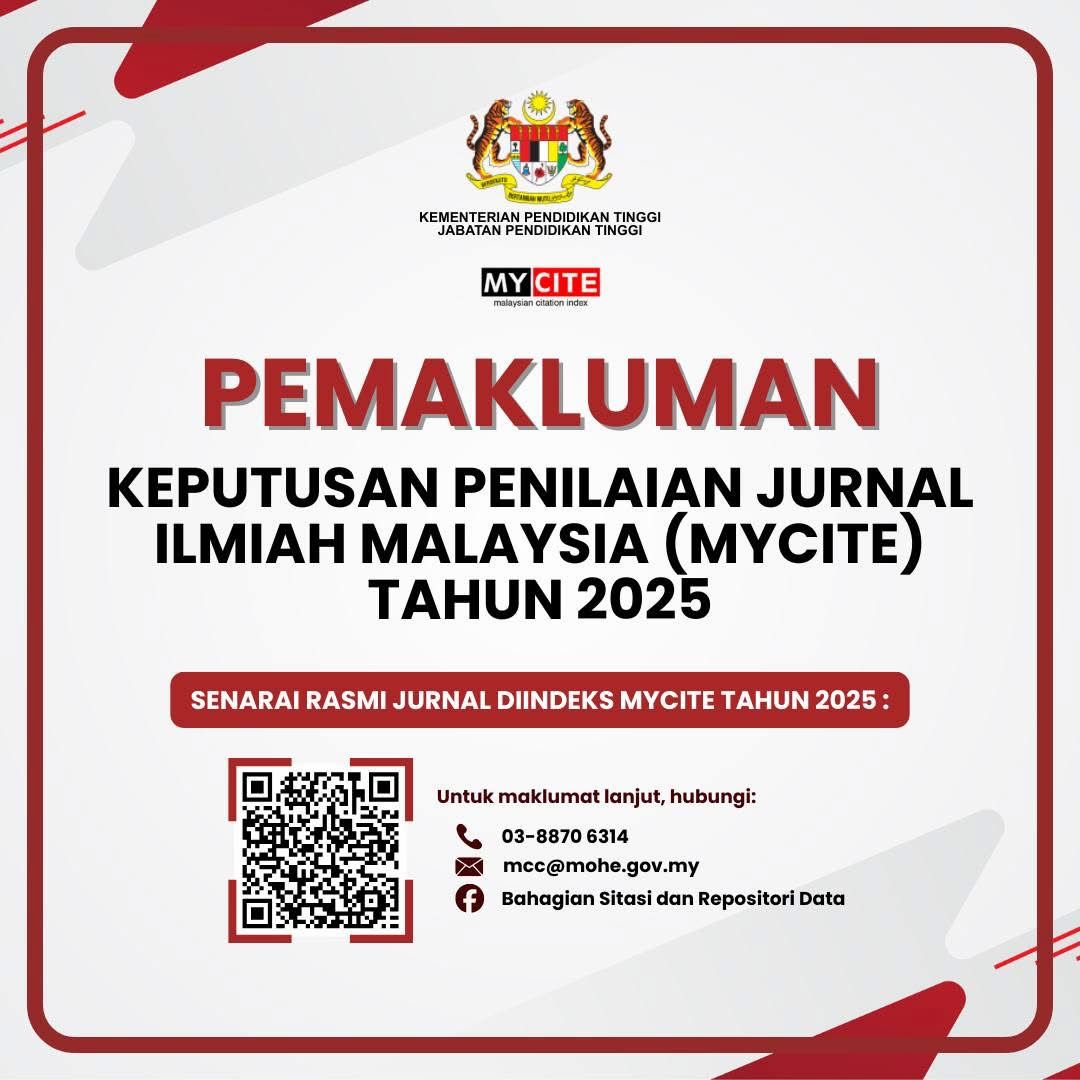Japanese Rice Straw Community Approaches in Developing Rice Straw Culture (Case Study: Inagaki Wara No Kai, Aomori Prefecture, Japan)
DOI:
https://doi.org/10.24191/idealogy.v5i2.233Keywords:
Community, Rice Straw, Development, JapanAbstract
The Japanese rice straw culture started from the Yayoi period, the start of wetland rice method of farming technique. The rice straw culture is spread across Japan, as the supply of the rice straw is high, and it does not require special tools to process it. The rice straw culture is performed both during the special events and everyday life. However, along with the modernization and industrialization of agriculture, the culture slowly disappears. It is increasingly difficult to find the rice straw culture in Japan. To prevent this, several rice straw communities create a movement to preserve the culture. Within their methods, the community focuses on pure preservation, preservation and development or pure development. An example of the community focusing on the preservation and development is the Inagaki Wara no Kai. With this method, this community help to preserve the traditional activities of Inagaki village while at the same time creating new events for wider community. The development is rooted in local and global issues and the process of preserving and developing the rice straw culture is documented through workshops, exhibition and festival. These activities are conducted in the cooperation with different stakeholders such as participants, research and development partners, facilitators, or sponsors.
Keywords: community, rice straw, development, Japan
References
Based on discussion with Masahiro Mizuno of Warashibe, Yokohama city, August 2019.
Based on discussion with Nakajima Ankei of Mingu Seisaku Gijutsu Hozonkai (Mingikai) in Japan Open Air Folk Museum, Kawasaki city, Japan, August 2019.
Kondo, Y., Nagase, K., Sato, T., Enari, K. (2003). The Design of an Ecofish: A Handmade Graywater Purification Tool as a Circulation Type Resource. Journal of the Asia Design International Conference vol.1.
Miyazaki, K. (1992). 藁I、ものと人間の文化史55-11/ Wara I – Mono to Ningen no Bunka-shi 55-1 (Rice straw – Cultural History of Things and Humans 55-1). Hosei University Press.
Suzuki, N., Miyazaki, K. (2008). Flowering of the Total Person – A Practical Design Philosophy for Indigenous-Led Regional Development. Bulletin of JSSD (Japanese Society for the Science of Design), Vol. 55, No. 1, pp. 37-46.
Ueda, A., Ooga, S. (2010). The Culture of Mottainai Seen as Symbiosis Between Japan’s Ceramic Producing Regions and the Natural Environment. Journal of JSSD (Japanese Society for the Science of Design), Vol. 57, No.1, pp.65-74.
Wiyancoko, D. (2010). Design Culture and Cultural Sustainability. Bulletin of Asian Design Culture Society. Issue no.5, pp.561-572.
Downloads
Published
Issue
Section
License
UiTM Press (the Publisher) has agreed to publish the undersigned author’s paper in Idealogy Journal. The agreement is contingent upon the fulfilment of a number of requirements listed below.
1. The undersigned author warrants that the paper entitled below is original, that it is not in any way libellous or unlawful in Malaysia, that it does not infringe any copyright or other proprietary right. The undersigned hereby represents and warrants that he/she is the author of the paper, except for material that is clearly identified as to its original source, with permission notices from the copyright owners where required. The undersigned represents that he/she has the power and authority to sign and execute this agreement.
2. The undersigned author warrants that the paper entitled below has not been published elsewhere, and also it will not be submitted anywhere else for publication prior to acceptance/rejection by this Journal.
3. By submitting the paper entitled below, the undersigned author agrees to transfer the rights to publish and distribute the paper in an international e-journal (entitled above) to Publisher.
4. The undersigned author agrees to make a reasonable effort to conform to Publisher's submission guidelines and to liaise with the editor to ensure that the requirements of these guidelines are met to a reasonable degree.
5. The corresponding author signs for and accepts responsibility for releasing this material on behalf of any and all coauthors. This agreement is to be signed by at least one of the authors who has obtained the assent of the co-author(s) where applicable. After submission of this agreement signed by the corresponding author, changes of authorship or in the order of the authors listed will not be accepted.




